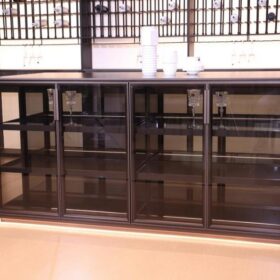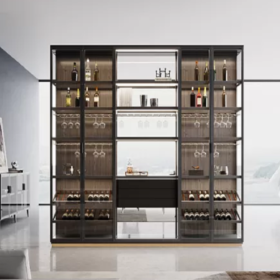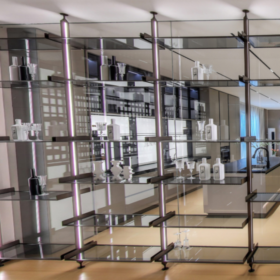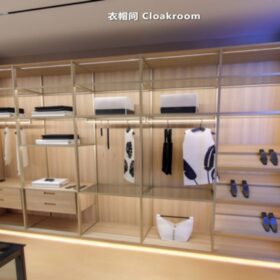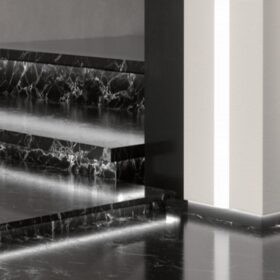The Environmental Benefits of Aluminium Edge Profiles
The Environmental Benefits of Aluminum Edge Profiles
“The Environmental Benefits of Aluminum Edge Profiles” is an informative article that highlights the environmental advantages of using aluminum edge profiles. This article provides valuable insights into the sustainability and eco-friendliness of aluminum edge profiles, making it an essential read for those seeking environmentally responsible building solutions.
Durability and Long Lifespan
Aluminum edge profiles are renowned for their exceptional durability and longevity. Unlike traditional materials such as wood or plastic, aluminum profiles do not rot, warp, or succumb to insect infestations. Their robust nature ensures that they can withstand harsh weather conditions, making them ideal for both indoor and outdoor applications. The durability of aluminum edge profiles eliminates the need for frequent replacements, reducing waste and minimizing the environmental impact associated with manufacturing and disposal.
High Strength-to-Weight Ratio
Aluminum edge profiles possess an impressive strength-to-weight ratio. This means that they can withstand significant loads while remaining lightweight and easy to handle. The high strength-to-weight ratio of aluminum profiles allows for the use of less material, reducing the overall carbon footprint associated with production and transportation. Additionally, the lightweight nature of aluminum profiles makes it more efficient to install, further contributing to environmental conservation.
Recyclability and Sustainability
Aluminum is one of the most recycled materials globally, with a recycling rate of over 75%. This means that aluminum edge profiles can be easily recycled at the end of their useful life, preventing them from ending up in landfills. The recycling process for aluminum requires significantly less energy than producing new aluminum, resulting in substantial energy savings. By choosing aluminum edge profiles, architects and designers can contribute to the circular economy and support sustainable practices.
Corrosion Resistance
Aluminum edge profiles exhibit excellent corrosion resistance due to the formation of a protective oxide layer on their surface. This oxide layer prevents the metal from further oxidation and degradation, ensuring the long-term integrity of the profiles. The corrosion resistance of aluminum reduces the need for maintenance and premature replacement, extending the lifespan of the profiles and minimizing the environmental impact associated with their production and disposal.
Energy Efficiency
Aluminum edge profiles can contribute to energy efficiency in buildings by providing thermal insulation. The high thermal conductivity of aluminum allows it to effectively conduct heat away from the building interior, reducing the demand for heating and cooling systems. By minimizing energy consumption, aluminum edge profiles can help reduce greenhouse gas emissions and create a more sustainable built environment.
-
2024-11-29Top Trends in Modern Kitchen Cabinet Pulls for 2024
-
2024-11-28The Ultimate Guide to Modern Kitchen Cabinet Pulls- Materials, Styles, and Tips
-
2024-11-27Elevate Your Kitchen Design with These Must-Have Modern Cabinet Pulls
-
2024-11-26Sleek and Stylish- The Best Modern Kitchen Cabinet Pulls for a Contemporary Look


